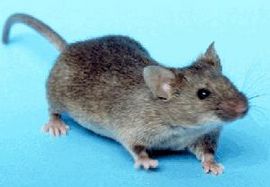Eutheria facts for kids
Quick facts for kids Eutheria (including placental mammals)Temporal range: Lower Cretaceous – Recent
|
|
|---|---|
 |
|
| House Mouse, Mus musculus | |
| Scientific classification | |
| Kingdom: | |
| Phylum: | |
| Class: | |
| Subclass: | |
| Infraclass: |
Eutheria
|
| Orders | |
|
|
Eutheria is the scientific name for the biggest group of living mammals. This group includes placental mammals, like humans.
A scientist named Thomas Henry Huxley first used the name Eutheria in 1880. Today, you can find Eutherians on every continent and in all oceans.
Contents
What are Placental Mammals?
The words 'Eutheria' and 'Placental' do not mean exactly the same thing. Some of the very first Eutherians, which lived a long time ago in the Lower Cretaceous period, were not placental. An example of this is an early mammal called Eomaia.
However, all Eutherians alive today are placental mammals. This means that a Eutherian baby grows inside its mother's uterus until it is fully developed. The baby gets its food and oxygen through a special organ called a placenta.
How Eutherians are Different
Eutherians are different from other mammal groups. These include monotremes and marsupials. Monotremes and marsupials are not placental mammals.
Monotremes, like the platypus, lay eggs. The baby grows inside the egg until it is ready to hatch.
Marsupials, like kangaroos, give birth to babies that are not fully developed. These tiny babies then crawl into a special pouch on their mother's body. They stay in the pouch to continue growing and developing.
Early Eutherians
The oldest known Eutherian species is an extinct animal called Eomaia scansoria. Scientists found its fossils in China. It lived during the Lower Cretaceous period.
Relevant pages
Images for kids
See also
 In Spanish: Eutheria para niños
In Spanish: Eutheria para niños


